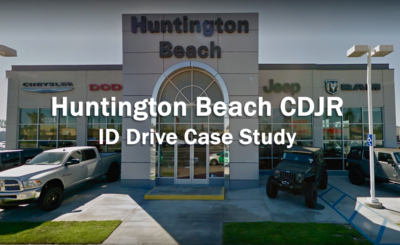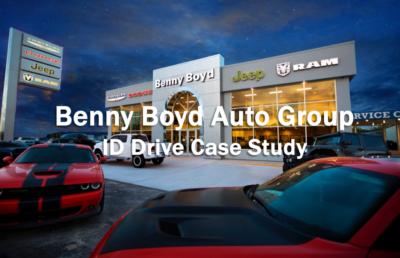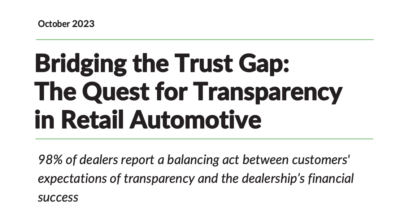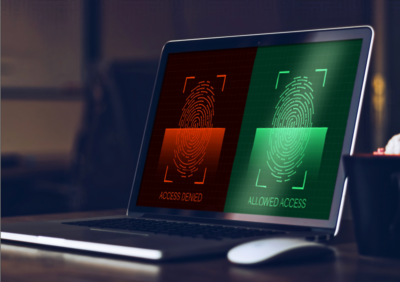Case Studies, Guides & More
Case Study
A 60 Second Process Change Decreases Transaction Times by Over 60 Minutes
A 60 Second Process Change Decreases Transaction Times by Over 60 MinutesExcerpt: When it comes to buying (and selling) a car, both consumers and dealers want to save time. According to a Cox Automotive study, less than 1% of consumers like the sales process…...
Read More DOWNLOADCase Study
A Wake-up Call on ID Fraud Leads to More Sales
A Wake-up Call on ID Fraud Leads to More SalesExcerpt: When it comes to buying (and selling) a car, both consumers and dealers want to save time. According to a Cox Automotive study, less than 1% of consumers like the sales process…...
Read More DOWNLOADSurvey Report
eLEND 2023 Transparency Report
eLEND 2023 Transparency Report98% of dealers report a balancing act between customers' expectations of transparency and the dealership’s financial success. In this July/August 2023 survey of auto dealerships, eLEND Solutions investigates auto dealer perceptions of how they, consume...
Read More DOWNLOADSurvey Report
Is Identity Fraud Jeopardizing Digital Retailing Profitability?
Is Identity Fraud Jeopardizing Digital Retailing Profitability?A new dealership identity fraud survey from eLEND Solutions reveals significant increases in identity fraud and losses since the pandemic – with over half a billion in identity fraud losses in 2022 alone; dealers weigh in on causes and a possible soluti...
Read More DOWNLOADGuide
5 Ways to Protect Your Dealership from Identity Fraud Risks
5 Ways to Protect Your Dealership from Identity Fraud RisksSelling a car – only to discover later that the transaction turned out to be fraudulent – is a shared and often not talked about fear across the retail automotive industry. It is an expensive problem that risks damaging your reputation. Not to mention...
Read More DOWNLOADSurvey Report
eLEND 2020 Dealer Survey Report
eLEND 2020 Dealer Survey ReportIn this article1 The Pandemic Drove a Great Leap Forward in Digital Retailing Adoption2 Executive Summary3 Survey Highlights4 State of the Dealership – early pandemic days versus today5 90% of auto dealerships say they expect to continue, or accelerate,...
Read More DOWNLOAD




